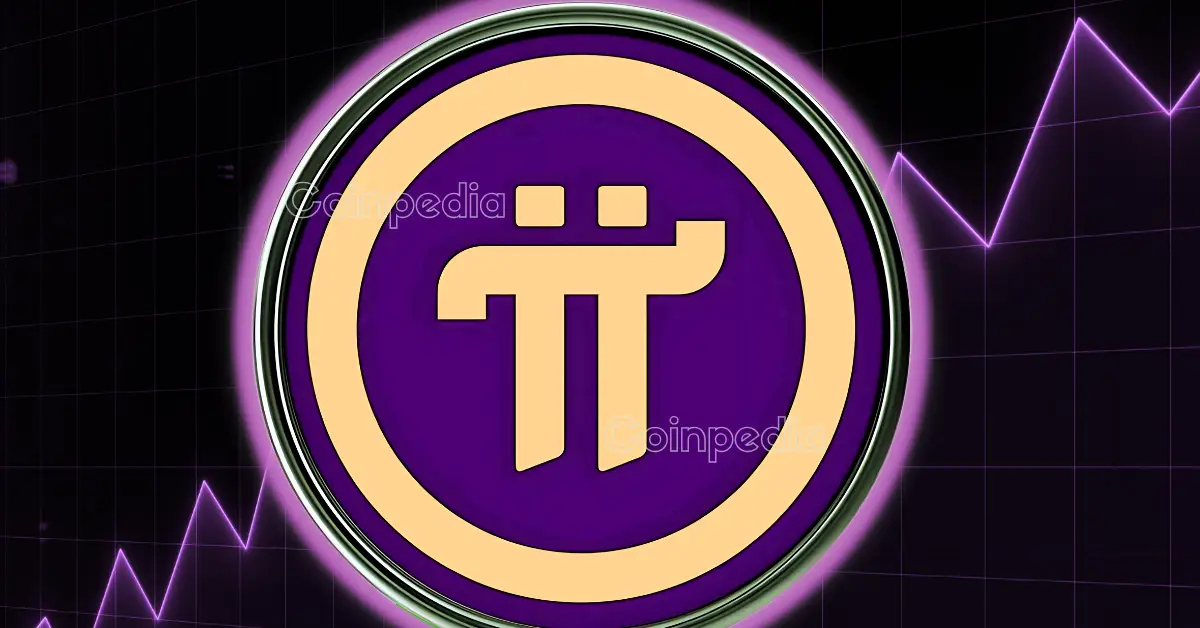Unpacking the Controversy Surrounding Pi Network in 2025
Pi Network, a cryptocurrency project launched in 2019, has stirred significant debate in the crypto community, especially in 2025. Conceived to democratize cryptocurrency mining by enabling users to mine tokens via mobile devices, Pi Network amassed a user base exceeding 60 million. However, as the project progressed into its mainnet launch and opened for external trading in early 2025, scrutiny intensified. Conflicting narratives emerged, ranging from lofty hopes of revolutionary blockchain innovation to accusations of a massive scam. This analysis delves into the key developments, criticisms, and controversies surrounding Pi Network in 2025, offering a comprehensive perspective on whether it is a legitimate project or a colossal crypto fraud.
—
The Promise and Hype of Pi Network
Pi Network’s core innovation was to allow ordinary users to mine Pi coins on their smartphones without draining battery life or requiring substantial computational power—an effort to disrupt the traditional mining landscape dominated by energy-intensive processes. Supporters lauded it as a revolutionary approach that combines inclusivity and blockchain technology.
By early 2025, excitement swelled as the network officially opened its mainnet for external trading in February, a step that many anticipated would validate the project’s legitimacy. The Pi token price experienced dramatic surges—at one point jumping above $1.70 and rallying nearly 200%, fueled partly by community optimism and speculation about future listings on major exchanges such as Binance. This hope of accessing mainstream crypto marketplaces further energized investors and everyday users alike.
—
Alarming Signs: Price Volatility and Token Dumping
Despite initial bullish sentiment, the Pi token soon witnessed severe price volatility. Reports surfaced of sudden dumps involving over 12 million Pi tokens from wallets allegedly linked to insiders. This massive sell-off triggered a sharp price crash exceeding 50%, unsettling the community and inviting skepticism.
Such a drastic price collapse not only undermined user confidence but also raised questions about market manipulation and insider profiteering. Given that Pi Network had claimed a vast user base, the disparity between the token’s circulating supply and actual active wallets revealed potential inconsistencies. Inflation concerns mounted as the circulating token supply reportedly doubled within a year, further eroding Pi’s long-term value prospects.
—
Centralization and Structural Concerns
One of the most persistent criticisms relates to Pi Network’s centralized control. Unlike fully decentralized blockchains, Pi Network’s backend and token distribution remain closely governed by a central team, which some experts argue contradicts the principles of disruptive cryptocurrency ideals. Justin Bons, founder of CyberCapital, publicly labeled Pi Network a scam, citing this centralized power structure coupled with a questionable business model as red flags.
Critics also highlighted the prolonged delays and opaque processes around user verification (KYC), with some accusing the team of deliberately blocking or stalling verification, despite millions claiming to be users. This skepticism about transparency fuels doubts about whether Pi Network can evolve into a fully functioning decentralized blockchain.
—
Scam Accusations and Industry Warnings
Perhaps the most damning commentary came from influential voices in the crypto world. Ben Zhou, CEO of Bybit—a leading global crypto exchange—boldly called Pi Network a scam, referencing earlier warnings from Chinese police about the project targeting vulnerable populations, such as the elderly. Zhou’s public denunciation sent ripples through the crypto community and intensified debates on Pi Network’s legitimacy. Bybit consequently refused to list Pi tokens, citing the project’s referral schemes and token lock-ups reminiscent of Ponzi or pyramid schemes.
Other analysts echoed these concerns, speculating on the project’s massive user acquisition tactics resembling multi-level marketing rather than organic blockchain growth. The referral-based model, combined with rumors of insider token dumps and price manipulation, contributed to widespread suspicion of a potential “rug pull” — a scenario where developers abruptly abandon a project after enriching themselves.
—
Contrasting Views: Legitimate Project or Overhyped?
However, not all voices condemn Pi Network outright. Some defenders stress that it remains a megaproject with one of the largest user communities in the crypto space, comparing its scale to early Bitcoin phases. The team behind Pi Network underscores ongoing efforts to meet security and verification benchmarks before fully launching their promised ecosystem.
Optimists suggest that such projects require time to mature and that Pi’s extended timeline reflects regulatory diligence and technical challenges. The network’s supporters believe the project can address concerns about centralization and inflation through protocol upgrades and community governance enhancements in the long term.
—
User Frustrations and the Road Ahead
As of mid-2025, frustration among pioneering users has grown. The much-anticipated ecosystem launch has been replaced by incremental fund releases, with many feeling let down by the slow rollout and dwindling coin value. The token’s price plummeted drastically by mid-May following earlier brief surges, eroding enthusiasm.
These mixed signals create an uncertain future for Pi Network. Its survival and success depend heavily on transparency improvements, mainstream exchange listings, and actual use cases that demonstrate Pi’s utility beyond speculative trading.
—
Conclusion: A Cautionary Tale in Crypto Innovation
The saga surrounding Pi Network in 2025 encapsulates the complexities facing emerging cryptocurrencies—balancing grassroots user empowerment with transparent governance and sustainable markets. While Pi offers an innovative premise aimed at universal crypto access, the plethora of scams in the space demands vigilance.
On one hand, Pi Network’s meteoric rise in user numbers and early price rallies highlight a powerful community potential rarely seen in new crypto projects. Yet, centralization concerns, unexplained token dumps, regulatory warnings, and outspoken industry leaders branding it a scam cast dark shadows.
Whether Pi Network evolves into a revolutionary decentralized blockchain or collapses as one of 2025’s biggest crypto scams remains unresolved. What is clear is the story of Pi stresses the critical need for users to critically assess emerging projects, heralding a new chapter of cautious, informed participation in the volatile but thrilling world of digital assets.





